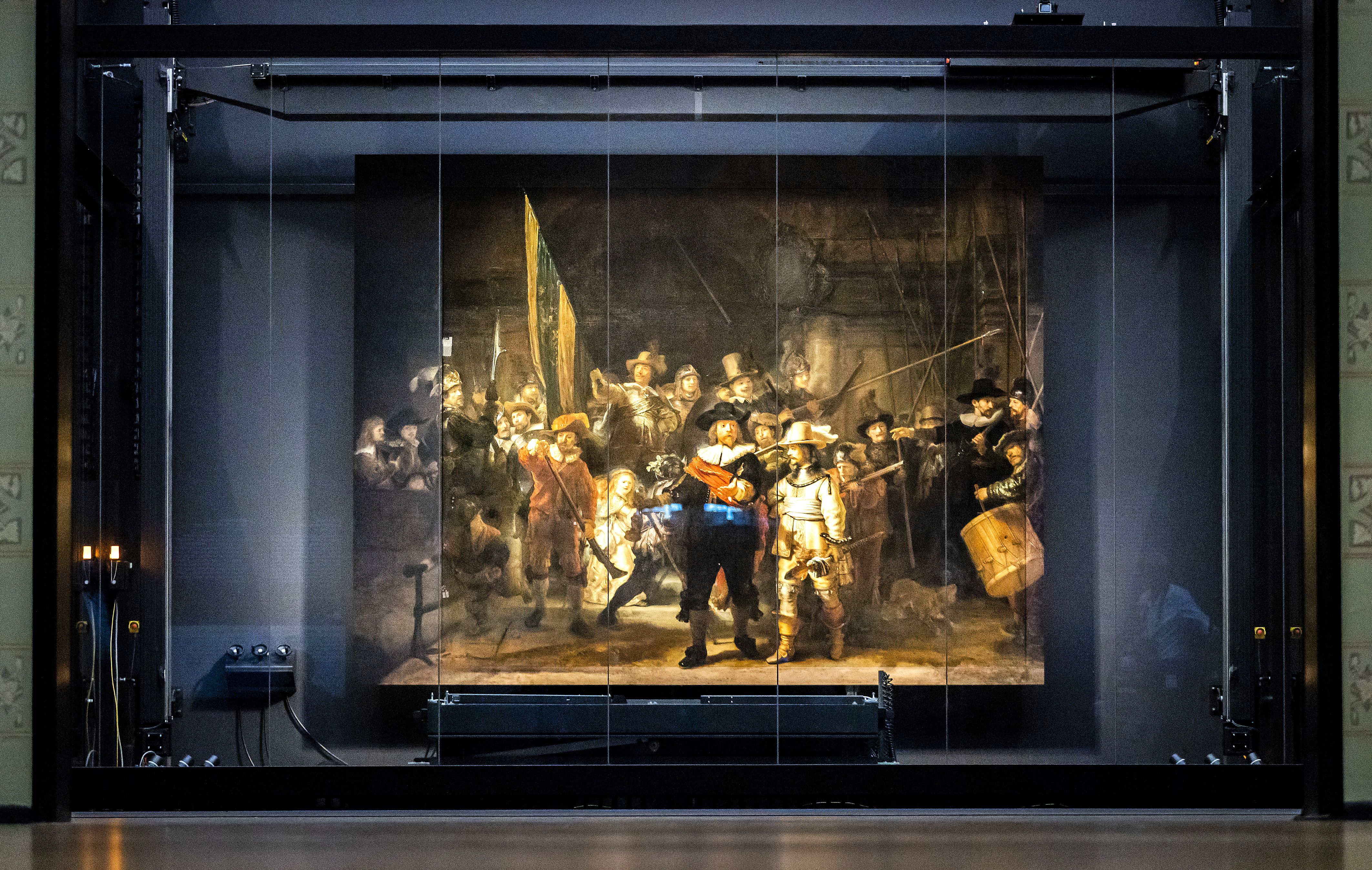Chemists from Holland’s University of Amsterdam (UvA) have finally worked out how Rembrandt managed to embellish his The Night Watch (1642) painting with striking golden detail.
They used high-tech spectroscopic techniques to identify the presence of pararealgar [yellow] and semi-amorphous pararealgar [orange/red] pigments in minute detail in the famous artwork. The research team concluded that the Dutch artist intentionally mixed these particular arsenic sulfide pigments with other pigments to create the golden sheen.
The study was published in the Heritage Science journal by Fréderique Broers and Nouchka de Keyser, who are Ph.D. students at UvA’s Van ’t Hoff Institute for Molecular Sciences, and also researchers at Amersterdam’s Rijksmuseum.
Rembrandt used the technique to paint the golden threading in the embroidered buff coat and double sleeves sported by one of The Night Watch’s two protagonists, Lieutenant Willem van Ruytenburch.



